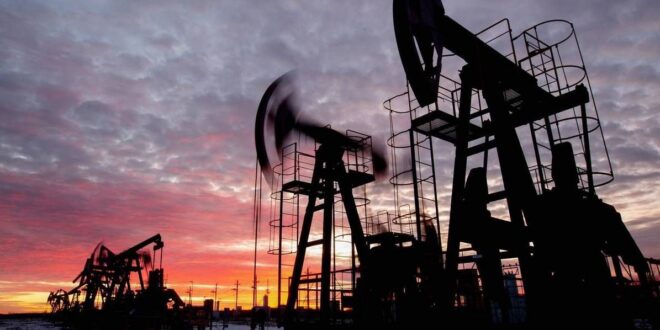HOUSTON: Oil prices settled slightly higher on Tuesday as the US Energy Information Administration (EIA) raised its global oil demand growth forecast for the year, while Opec stuck to its forecast for relatively strong growth in 2024.
Brent crude futures rose 29 cents, or 0.4%, to US$81.92 a barrel, continuing a sharp recovery as fears of oversupply have ebbed since Brent closed at US$77.52 a week earlier, its lowest since February.
US West Texas Intermediate (WTI) crude futures gained 16 cents, or 0.2%, to settle at US$77.90.
The EIA raised its 2024 world oil demand growth forecast to 1.10 million barrels per day from a previous estimate of 900,000 bpd.
The Organization of the Petroleum Exporting Countries (Opec) maintained its 2024 forecast for relatively strong growth in global oil demand, citing expectations for travel and tourism in the second half.
This month, Opec and allies agreed to extend most oil output cuts well into 2025 but said they would phase out the cuts over the course of a year from October 2024.
“We’re now at least considering the idea that maybe demand will pick up in the second half, and the market may actually need some additional Opec+ supply,” said Tim Evans, an independent energy analyst.
“The market was becoming somewhat oversold… We’re getting a bit of a trampoline effect,” Evans added.
US crude oil output in 2024 is expected to rise more than previously forecast to 13.24 million barrels, its highest ever, EIA said.
US crude oil stocks fell by 2.428 million barrels in the week ended June 7, according to market sources citing American Petroleum Institute figures. Inventories were expected to have fallen by slightly over one million barrels last week, a preliminary Reuters poll showed.
The World Bank said the US economy’s stronger-than-expected performance prompted it to lift its 2024 global growth outlook slightly, but warned overall output would remain well below pre-pandemic levels through 2026.
Mostly strong US economic data and inflation still higher than the Fed’s target have pushed financial markets to limit expectations to only two 25-basis points rate reductions this year, likely starting in September. Economists have said there was a considerable risk of only one or no rate cuts in 2024.
US consumer prices data for May and the conclusion of the Fed’s two-day policy meeting are both scheduled for Wednesday.
The European Central Bank should persist in restraining economic growth given the ample inflationary pressures and wait with its next rate cut until uncertainty recedes, ECB chief economist Philip Lane said on Tuesday.
Traders were also cautious a day ahead of the release of macroeconomic data from China.
Saudi crude exports to China fell for a third straight month.
Global crude oil and oil products shipments taking the long route between Asia, the Middle East and the West are up 47% since attacks began on vessels using the shorter Red Sea route, the EIA said.
Meanwhile, Hamas accepted a UN resolution backing a plan to end the war with Israel in Gaza and was ready to negotiate details, a senior official of the Palestinian militant group said, in what the US Secretary of State called a hopeful sign. — Reuters
 BeritaKini.biz Berita Viral Terkini di Malaysia
BeritaKini.biz Berita Viral Terkini di Malaysia





